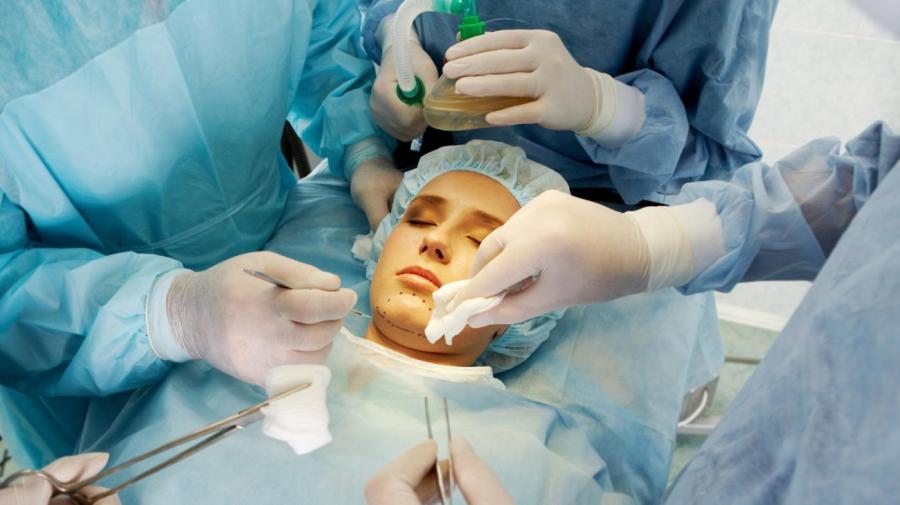How Can You Get a Staph Infection After Surgery?

There are many ways that a staph infection can develop after surgery, including contaminated surgical instruments, germs in the air,or bacteria that already may be on the body and spread by contact to the surgical site, relates Johns Hopkins Medicine. Some risk factors that may increase the chance of developing a surgical site staph infection can be a surgery that is longer than 2 hours, smoking, being an older adult and having medical conditions like diabetes or cancer.
A staph infection is caused by the bacteria staphylococcus. In the United States, surgical site infections are caused most often by Staphylococcus aureus, states PubMed.A staph infection can develop within 30 days after the surgery. There are different types of site infections that include superficial, deep and organ incisional infections.Some symptoms of aninfection at a surgical site are red and inflamed area around the site, fever andpus discharge, explains Johns Hopkins Medicine.
Doctors can treat staph infections with antibiotics and other medications. However, there are staph bacteria strains that areresistant to many antibiotics, which are known as methicillin-resistant staphylococcus aureus (MRSA). To fight infections caused by this staph strain, stronger antibiotics are necessary, relates the Mayo Clinic.
While a patient is in the hospital,staph infections can be prevented by avoiding touching the incision site and having all visitors and hospital staff wash their hand before coming in contact with the patient.





